
Tag: Korean antique

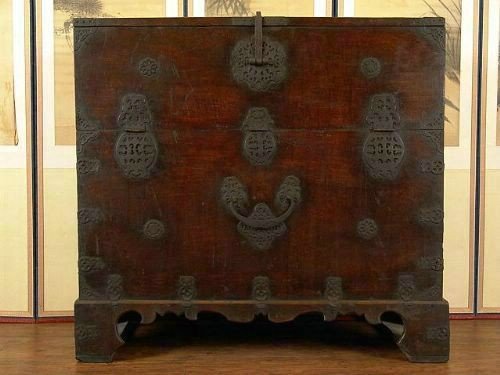
HAMGYONG DO BANDAJI – 함경도 반닫이
Hamgyŏng Do province was bounded on the west by P’yŏngan Do province, on the south by Hwanghae Do and Gangwŏn Do provinces, on the east by the Sea of Japan, and on the north by China and the Russian Empire. It was one of the eight provinces of Korea during the Joseon dynasty and the provincial capital was Hamhung. Hamgyŏng-Do is the […]
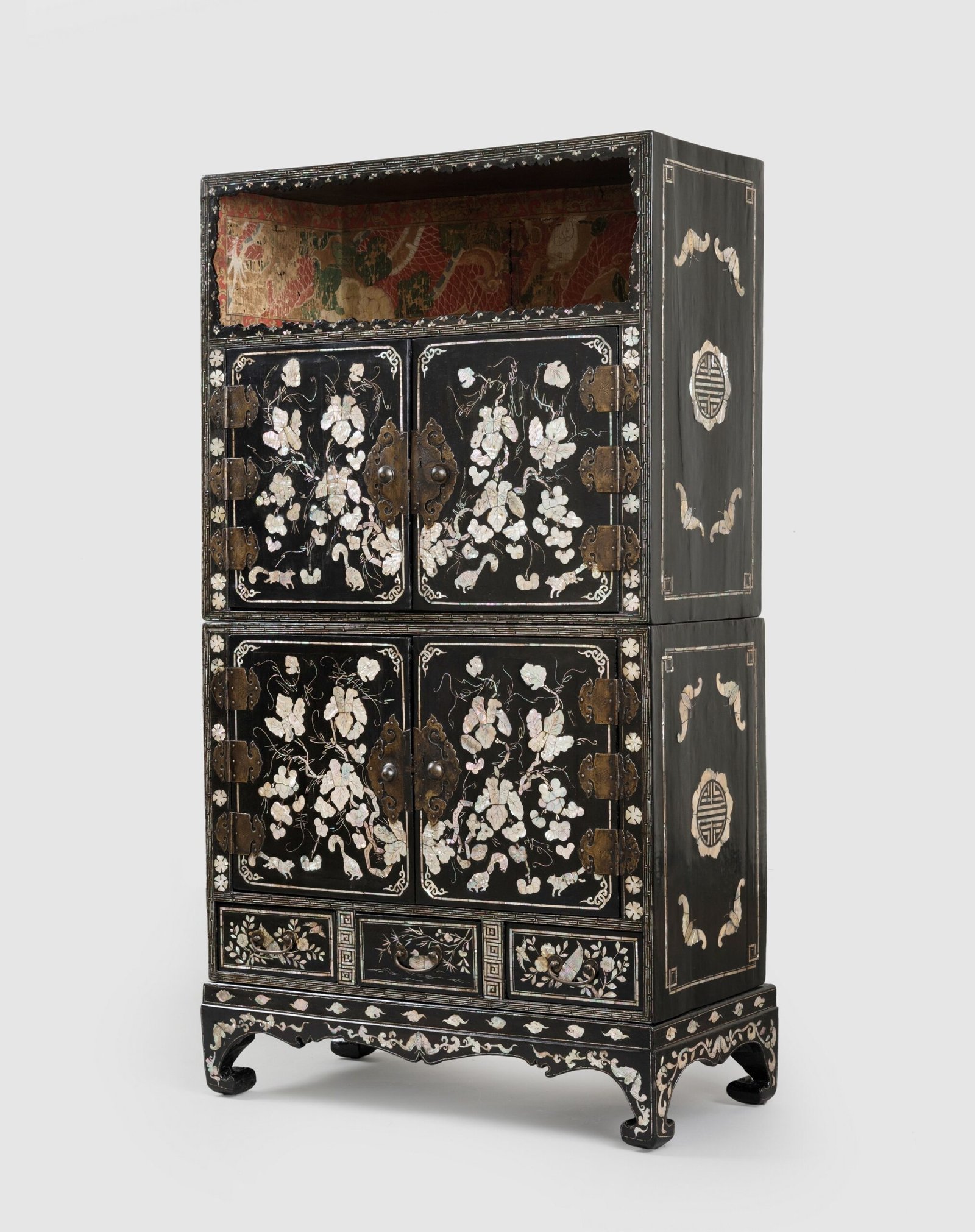
THE SMALL DISPLAY CABINET.
This small piece of furniture is rarely described in publications, both in Korea and abroad. It is quite special, and we thought it would be interesting to present it. Hardly ever found in specialized galleries or at auctions, our observations are based on photographic documents from private collections or museums in Korea. Often finely executed, […]
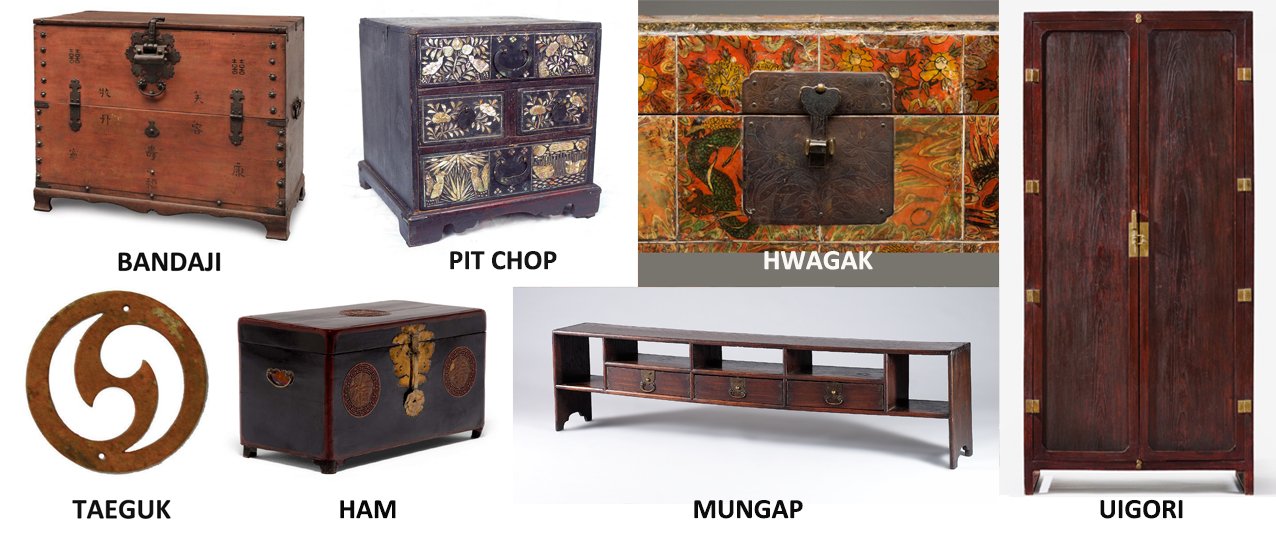
ILLUSTRATED VOCABULARY OF TRADITIONAL KOREAN FURNITURE
JOSEON – 조선 : Last Korean dynasty ( 1392 to 1910 ). Also referred as Yi or Choson Dynasty. THE KOREAN HOUSE HANOK – 한옥 : Korean traditional house. Hanok were first designed and built in the 14th century during the Joseon dynasty. ANCHAE – 안채 : is a section of a Korean traditional house that is reserved […]
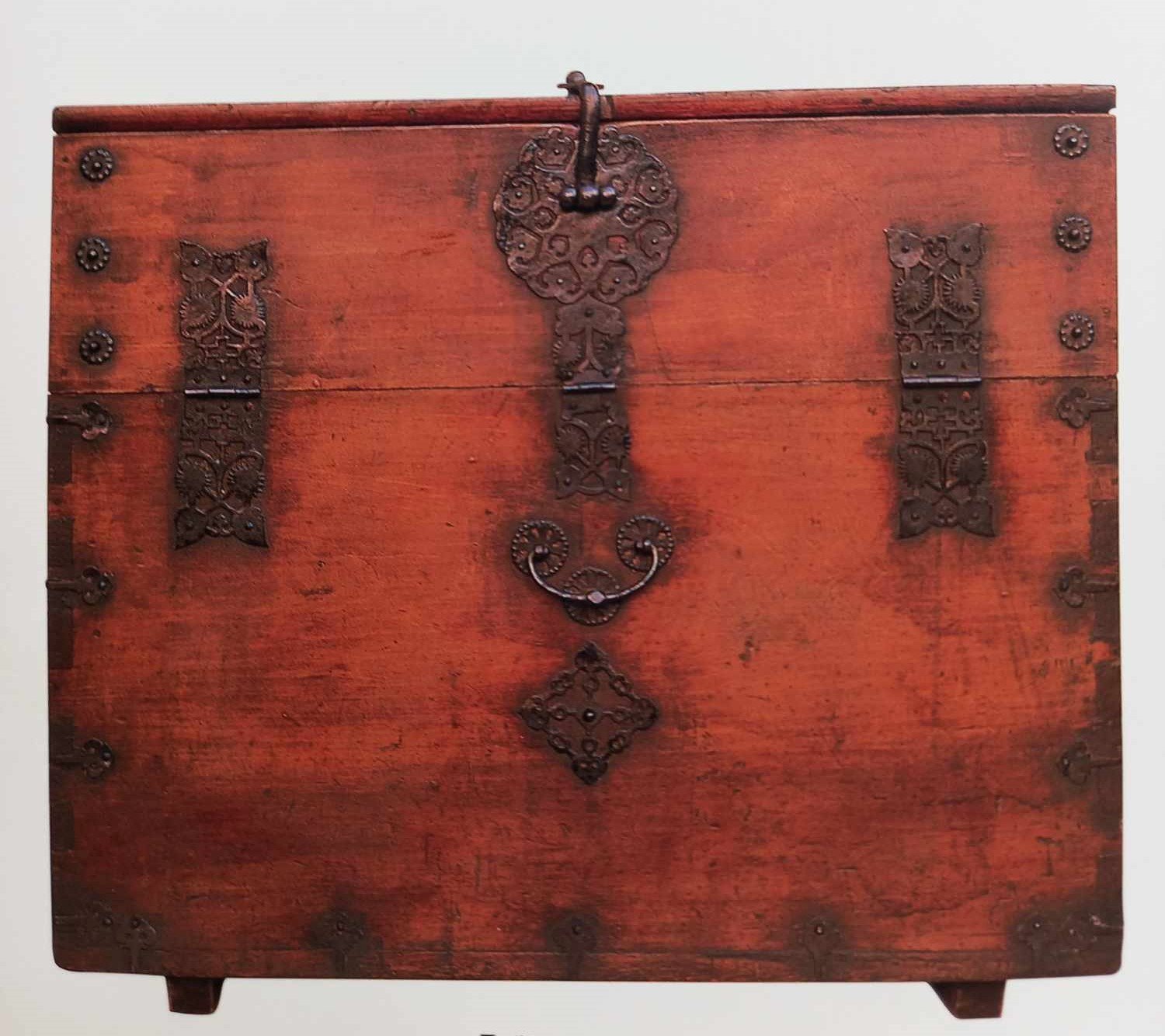
HWANGHAE DO BANDAJI – 황해도 반닫이
Hwanghae Do province was located in the northwest of Korea. The provincial capital was Haeju. The regional name for the province was Haeseo. In 1395, the province was organized as Punghae (풍해도; 豐海道; Punghae-do). In 1417, it was renamed Hwanghae. The name derived from the names of the two principal cities of Hwangju (황주; 黃州) and Haeju (해주; 海州). In 1945, Korea was divided into Soviet and American zones […]
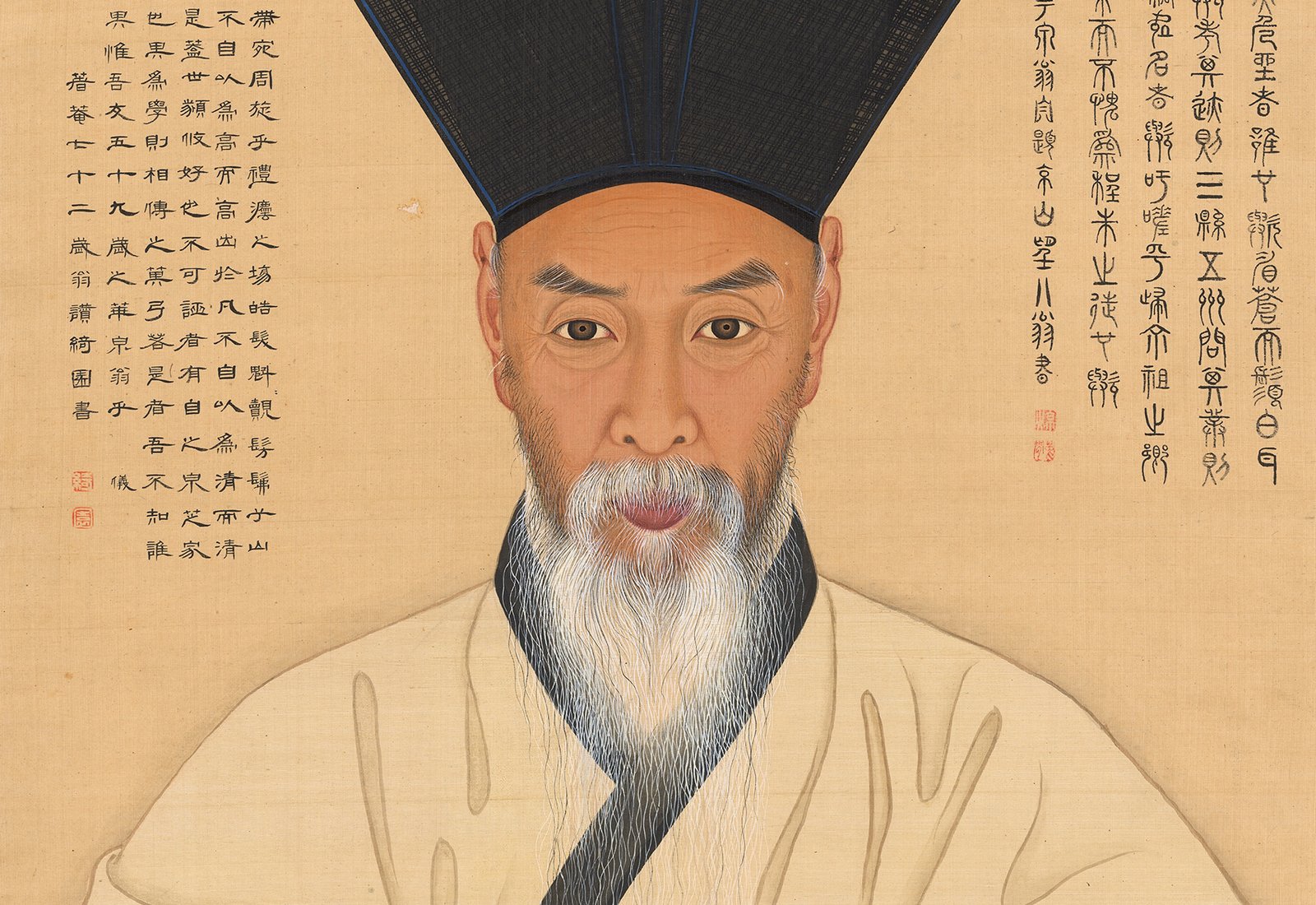
THE SCHOLAR’S CHESTS
Featured photo: The portrait of Yi Chae depicts the renowned scholar of the late Joseon period, clad in a pointed dongpagwan hat and a scholar’s robe, or “simui” (a white hemp robe with black trim). In this half-body portrayal, Yi Chae gazes directly from the canvas while maintaining impeccable posture. It is part of the […]
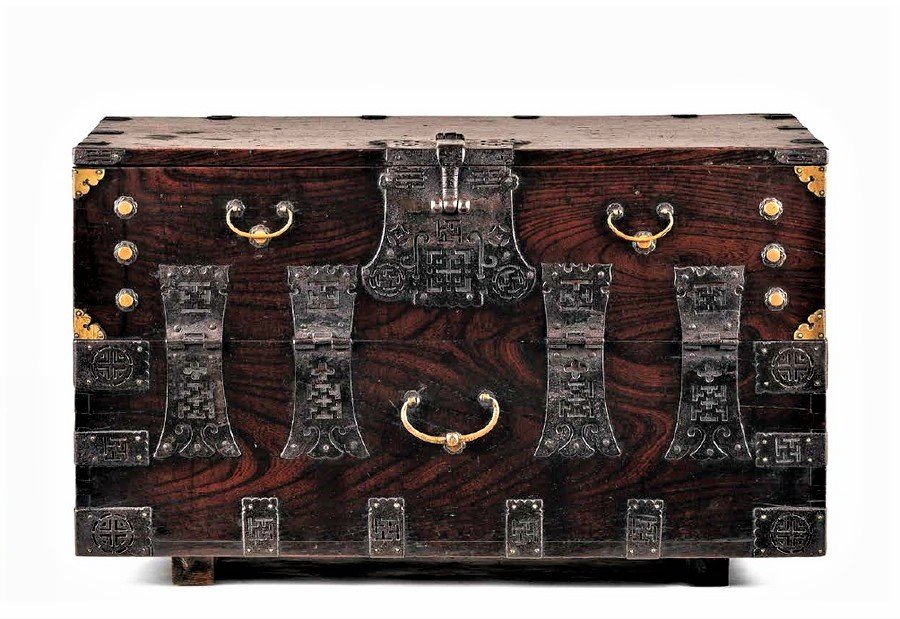
GYEONGSANG DO BANDAJI- 경상도 반닫이
Gyeongsang Do 경상도, also known as Kyongsang-do, was one of the eight provinces of Korea during the Joseon dynasty. This province is located in the southeastern part of the peninsula, with its provincial capital now known as Daegu. The region holds historical significance as the birthplace of the Kingdom of Silla (57 BCE – 935 CE). Gyeongsang-do […]

PALANQUIN 신부가마 (新娘轿)
FEATURED IMAGE: Wedding Palanquin. Collection National Folk Museum of Korea, Seoul. A palanquin is a covered litter, typically designed for a single passenger, and it is carried by an even number of bearers, usually two. The term is derived from the Sanskrit word “palyanka“, which means bed or couch. Palanquins come in various sizes and […]
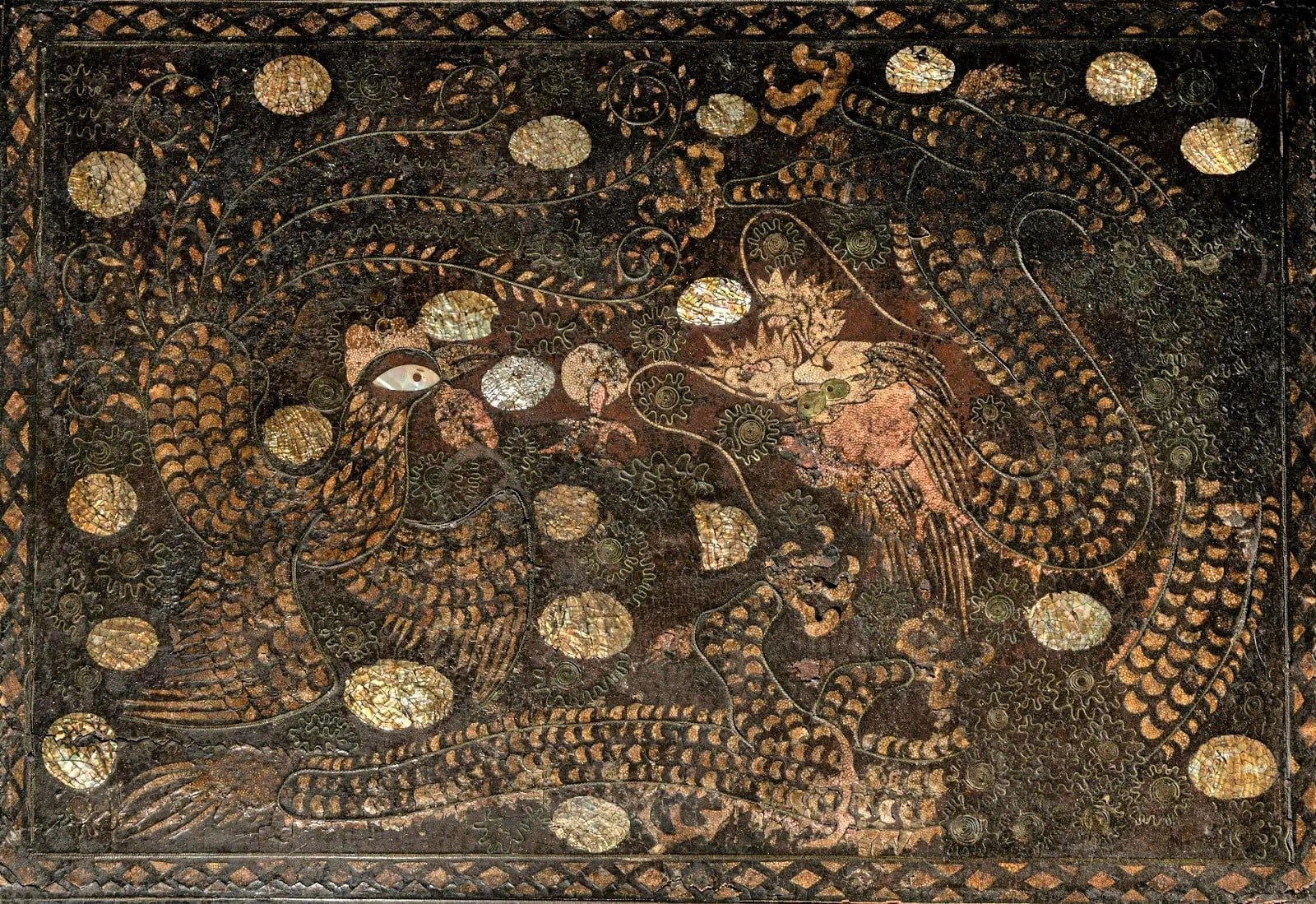
WHEN DRAGON MEETS PHOENIX
These two emblems were borrowed from Chinese mythology and are occasionally found in Korean art. Korean furniture is often adorned with auspicious motifs, frequently found on hinges or inlays made from materials such as mother of pearl, tortoiseshell, or shagreen. This design is less commonly carved into wood, as is the case with Chinese furniture. […]
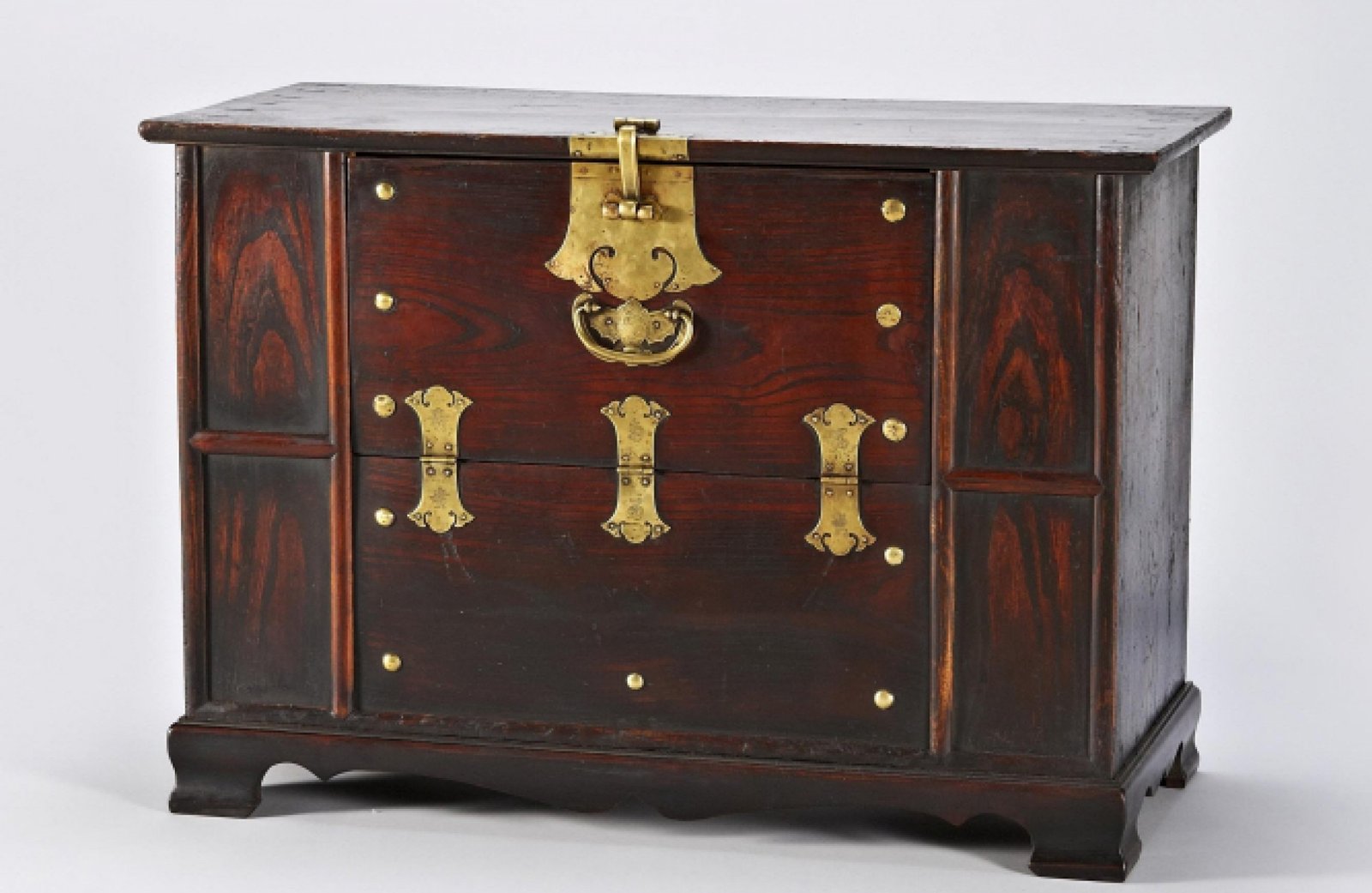
GYEONGGI DO BANDAJI – 경기도 반닫이
Featured image at the top of this post: Gyeonggi Do Bandaji from the National Museum of Korea. Gyeonggi Do province or Kyonggi Do, where the capital city of Seoul is located, lies in the northern western part of the peninsula. The north, south and eastern part of the province are covered by mountains. Bandaji chests, […]
